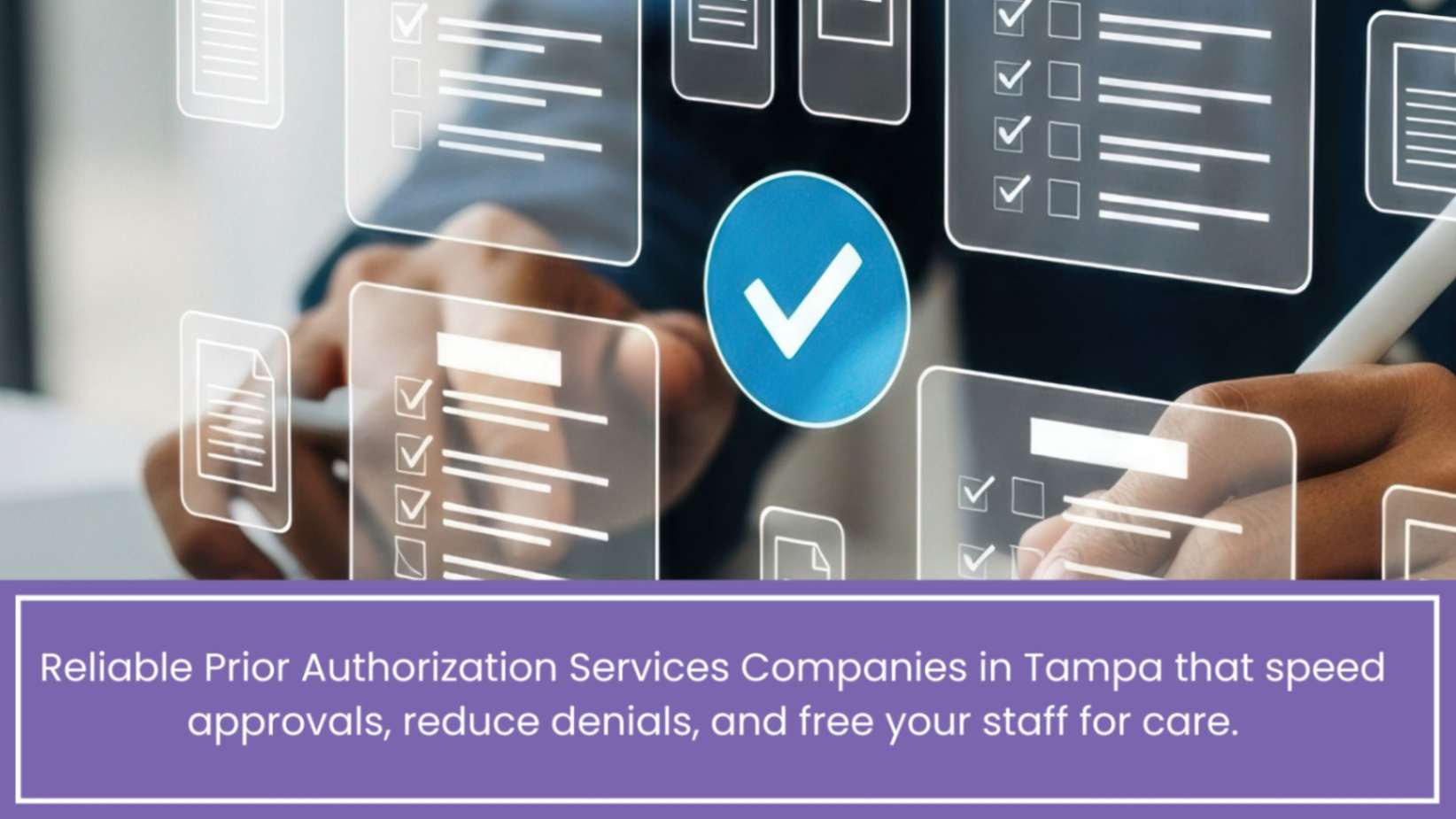Role of Virtual Assistants in Streamlining Medical Billing and Coding
Sick of late-night billing scrambles and claim headaches? Virtual assistants can swoop in, handle your coding, tackle denials, and let your team get back to patients. In this chatty guide, we’ll share Role of Virtual Assistants in streamlining medical billing and coding right into your day-to-day, why they often outshine in-house hires, and real steps to get started without the tech drama. No buzzwords—just honest talk and practical tips. If you’re ready to reclaim your evenings (and sanity), read on to see how Practolytics Virtual Medical Assistant are changing the game for medical practices everywhere.
Table of Contents
Ever Dream of an Extra Pair of Hands?
Picture this: It’s Friday afternoon, your appointment schedule is clear, and your billing inbox…well, it’s still piled high. You promise yourself you’ll tackle it tomorrow, but come Monday, the backlog is even bigger. Sound familiar?
You are not the only one. With all the CPT updates, chasing missing signatures, and tackling denials, billing definitely feels like an endless hamster wheel. So here is a thought: What if those mindless tasks could be outsourced so that you and your staff could devote more time to your patients? This is what a virtual assistant is all about. A virtual assistant would be like an extension of your in-house team, working on all those headache-inducing parts of revenue cycle management.
What Can a Virtual Assistant Actually Do?
Before you roll your eyes at “outsourcing,” let’s break it down. VAs aren’t bots. They’re real people with healthcare billing expertise who jump into your existing workflow:
- Charge Entry & Coding Checks:
They read provider notes, pick the right CPT and ICD-10 codes, and catch little oopsies before claims go out. - Claim Scrubbing & Submission:
They know each payer’s quirks—whether it’s Regence’s preferred format or pre-auth hoops—and get your claims out the door promptly. - Denial Management:
A denied claim doesn’t sit in limbo. VAs dig into the “why,” correct the issue, and resubmit—often faster than in-house teams can circle back. - Payment Posting:
Incoming payments get matched to claims, any gaps get flagged, and notes get added so nothing falls through the cracks. - Patient Statements & Follow-Up:
Friendly, clear statements go out on schedule, and if patients need a nudge or a payment plan, VAs handle that conversation.
Why Bother with a Virtual Assistants Instead of Hiring In-House?
Good question. Here’s why many practices find VAs a perfect fit:
- Budget-Friendly:
No benefits package, no overtime, no office desk—just a flat, predictable fee for dedicated experts. - Flex Up or Down:
Got a big project or unexpected surge? You can ramp VA hours up quickly. When things calm down, dial them back. - Instant Expertise:
Your VA comes trained in the latest coding standards and payer policies. No lengthy onboarding or classroom headaches. - Less Admin Overhead:
You spend your time managing your practice, not juggling recruiting, training, and HR for a new billing hire.
The Real-World Wins You’ll See
Let’s talk numbers, but without the dry spreadsheet glare. Practices using VAs often notice:
- Denials Drop by 30–50%:
Catching errors early means fewer appeals. That’s less time wrestling with payers and more predictable revenue. - Claims Move 5–7 Days Faster:
With a VA dedicated to daily claim runs, you’ll see payments hitting your bank sooner. - Team Stress Melts Away:
Your front-desk and billing folks can breathe easier—no more weekend overtime crunches. - Better Cash Flow Forecasting:
When claims go out on time, budgeting becomes less guesswork and more “we know what’s coming.”
Hw to Bring a Virtual Assistant on Board
Worried about a giant, messy handoff? Here’s a simple, five-step plan:
- Map: This Process as It Now Stands: Grab your dry erase board or a sheet of paper and sketch out how a charge moves from provider note to paid claim. Highlight the pain points.
- Choose a Pilot Task: Start small. Maybe it’s daily charge entry or just denial follow-up. Give your VA one clear job to master first.
- Set Up Secure Access: Grant read/write permissions in your EHR or practice management system. Make sure it’s HIPAA-compliant and trackable.
- Train & Connect: Lock in 30–60 minutes for a virtual assistance for healthcare walkthrough and go over those shortcuts, naming conventions, and red flags.
- Review & Iterate: Compare metrics after two weeks—claims processed, denial rate changes, time saved. Adjust workflow accordingly and introduce the next task.
Common Pitfalls & How to OvercomeThem
Even the smoothest rollouts hit snags. Here’s what to watch out for:
- Fuzzy SOPs:
If your standard procedures are half-remembered or scattered in multiple docs, take 15 minutes to clean them up before your VA starts. - Mixed-Up Priorities:
Spell out what matters most: same-day claim submittals, denial resolution within 48 hours, or patient statements by Wednesday. Clear goals keep everyone on track. - Radio Silence:
Don’t ghost your VA. Weekly 15-minute check-ins keep issues small and manageable. - Skipping Metrics:
If you don’t measure baseline performance, you won’t see the improvement. Track denial rates, days in A/R, and claims-per-day from the start.
Choosing the Right Healthcare Virtual Assistant Partner
Not every Virtual Assistant Services is your cup of tea. Look for:
- Healthcare Focus:
Their team should hold relevant credentials (CPC, CCS) and live in the payer policy fast lane. - Real Reporting:
Dashboards that show claim volumes, denial reasons, A/R days—without cryptic spreadsheets. - Rock-Solid Security:
A signed Business Associate Agreement (BAA), HIPAA-compliant hosting, and strict access controls. - Consistent Team:
You want the same faces (or Slack handles) month after month, not a revolving door of contractors. - Personality Match:
They should “get” your practice vibe—whether you’re a laid-back family clinic or a high-energy specialty group.
A Case Study:
Dr. Patel’s dermatology office was drowning in a two-week billing backlog and a 15% denial rate. After onboarding a Practolytics VA team:
- Backlog Cleared in 72 Hours :
Daily charge runs and denial scrubs got everything current. - Denials Fall to 7%:
Root-cause fixes stopped the same errors from repeating. - Staff Overtime Dropped by 60% :
Front-desk and billing folks reclaimed evenings and weekends. - Revenue Up 12% :
Faster claims, fewer write-offs, and happier patients sending referrals.
Dr. Patel’s team now spends their time on patient outreach and new service launches—work that actually grows the practice.
Ready to Reclaim Your Time:
Imagine finishing your day without that stack of billing tasks staring at you. With a Practolytics Virtual Assistant in your corner, you’ll:
- Slash denials and appeals
- Speed up reimbursements
- Free your team for patient-focused work
- Get clear, jargon-free reporting
Sound good? Let’s chat. No hard sell—just a friendly discovery call to see if a Virtual Healthcare Assistant Services is the right fit for your practice. Click here to schedule a quick 15-minute conversation, and let’s lighten your billing load together.
Read More – From Chaos to Efficiency: A Small Practice’s Journey with a Virtual Assistant
Talk to Medical Billing Expert Today — Get a Free Demo Now!






